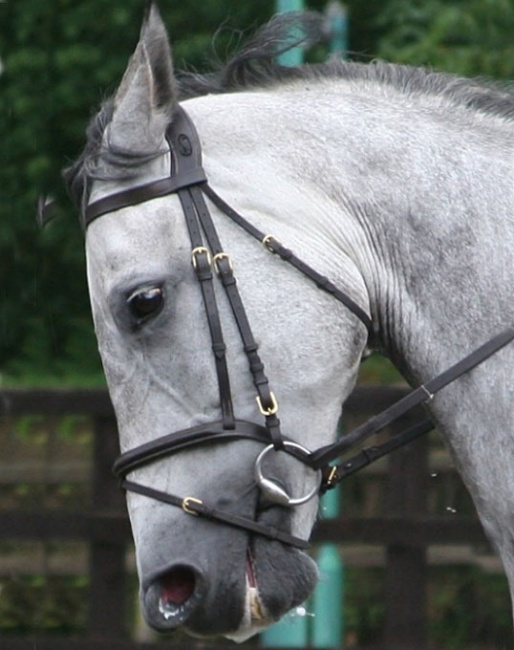
Why do talented horses with huge potential not live up to their promise or disappear from competition after a short career? The horse has become an important economic commodity in its role as a sporting athlete but horses that perform less well and lose form in competition have a decreasing monetary value. Wastage is a huge problem in the equine sports industry, but the scale and cost are unknown.
Many symptoms of pain become obvious only when the horse is ridden. Many lamenesses are difficult to see or feel and may only become obvious when removed by diagnostic analgesia. Some behavioural signs can be a reflection of musculoskeletal pain, but there may be no lameness present. Sometimes, the rider can feel that the horse is not quite right, but the veterinarian is unable to identify any problems. Physiotherapists often find themselves treating the symptoms of a problem that remains unresolved. The vicious cycle can lead to diminishing performance or simply a frustrating lack of star quality, but in either case, there are welfare implications.
Horses can undoubtedly still work and compete successfully whilst experiencing some discomfort, but there is no doubt that if the primary cause was identified and managed, that they would perform better for longer. Nowadays, the margins between winning or not are tiny and we need to focus on the small gains to reap the rewards at the top level. In her daily work as an orthopaedic specialist, Dr. Sue Dyson was aware that many owners, riders, and coaches have a poor ability to recognise signs of pain in the ridden horse. She also knew that many members of the veterinary profession have little training in pain recognition and assessment of behaviour and limited education in identification of low-grade lameness and recognition of musculoskeletal pain as a cause of poor performance.
In a study of 506 sports horses in normal work and presumed to be sound, 47% were found to be overtly lame or had other pain-related gait abnormalities (e.g., stiff, stilted canter), thus highlighting the size of the problem (Greve and Dyson, 2014). These problems are often labelled as training related, rider related, behavioural, or deemed “normal” for that horse because “that is just how the horse has always gone.” Timeline of the Ridden Horse Pain Ethogram
Dr. Anne Bondi BHSI
Consequently, pain-related problems often get progressively worse, with serious welfare implications.
Sue set out to develop an effective tool for owners, riders and professional equine practitioners to facilitate the early recognition of poor performance problems in the equine athlete, promote increased welfare and ultimately, to improve career longevity. She began by studying existing literature on equine behaviour and how the use of ethograms can quantify specific behaviours. An ethogram is simply a catalogue of different kinds of behaviours observed in an animal, each with strict definitions. It became clear that a gap in current knowledge existed, because a method of assessing behaviours specifically in the ridden horse did not exist. So began a quest to find a solution to this vitally important issue that would span several years and remains ongoing work today.
Development of the Ethogram
A progressive series of research studies was undertaken, aiming to develop an ethogram that could be applied to the ridden horse. The series of studies was specifically designed to identify and then accurately assess behaviours in the ridden horse that could be indicators of pain and lameness.
Related Links
Study Reveals that Horse Owners are Poor at Recognising Lameness
Is My Horse Difficult or In pain? Can Facial Expressions be Used to Determine the Presence of Pain?
Naughty Horse or Is He in Pain? The Answer is Written All over his Face